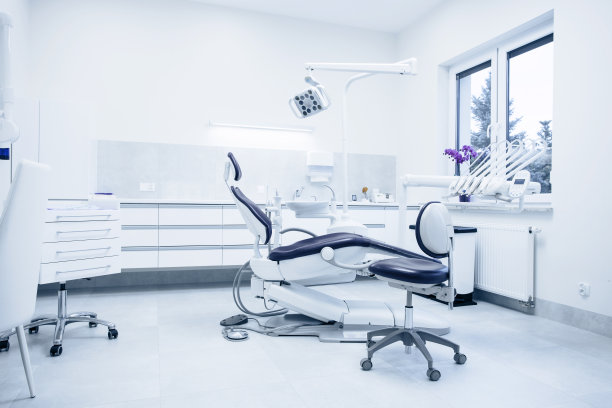The Essential Guide to Extracting a Tooth Safely and Effectively at Home and in a Dental Office
Summary: This article provides a comprehensive guide on extracting a tooth safely and effectively, both at home and in a dental office. It begins by emphasizing the importance of understanding the right procedures and precautions involved in tooth extraction. The content is divided into four main sections: understanding tooth extraction, preparation for the procedure, the procedure itself, and post-extraction care. Each section provides detailed insights and practical advice to ensure safety and effectiveness during tooth extraction, tailored for both self-extraction and professional settings. By following these guidelines, individuals can minimize pain and complications while achieving a successful outcome.
1. Understanding Tooth Extraction Procedures

Tooth extraction can either be simple or surgical, depending on the condition of the tooth. A simple extraction is performed when a tooth is visible and intact above the gum line, while a surgical extraction involves a tooth that has broken off at the gum line or has not fully erupted. Understanding these distinctions is crucial for determining the appropriate method for extraction.
Complications can arise from tooth extractions, such as infection, nerve damage, or excessive bleeding. Therefore, consulting with a dentist beforehand is advisable, as they can help assess whether extraction is necessary and guide you through the process. Knowing the specific reasons for extraction, such as decay, overcrowding, or periodontal disease, also influences the decision-making process.
It is essential to have realistic expectations regarding recovery and post-extraction discomfort. Understanding the potential risks and benefits prepares individuals adequately for either a home extraction or a professional procedure, which lays the foundation for making an informed decision.
2. Preparation for Tooth Extraction
Proper preparation is key to a successful extraction. For at-home extractions, gather necessary tools, including dental floss, a pair of tweezers, disinfectant, and pain relief medication. Additionally, ensure a clean environment to avoid infections. On the other hand, if opting for a dental office, ensure all the required information such as medical history and current medications are provided to the dentist.
An important step is to have a support system in place. If performing a home extraction, it is beneficial to have someone nearby who can offer assistance if needed. This person can also serve as a moral support during the procedure.
Moreover, it is advisable to select a time for the extraction when there are minimal activities scheduled. Allowing for recovery time post-extraction will help mitigate any potential complications or discomfort. Adequate mental and emotional preparation also plays a role in ensuring the procedure goes smoothly.
3. Conducting the Tooth Extraction Procedure
The tooth extraction procedure involves several steps. For a simple extraction, numb the area with a local anesthetic before using dental forceps to remove the tooth gently. Rocking the tooth back and forth can help free it from the socket. Surgical extractions might require incisions in the gum tissue, leading to more complex techniques.
Maintaining calm throughout the extraction is vital. Panic can increase discomfort and complicate the procedure. For home extractions, distraction techniques such as listening to calming music can be beneficial. During dental extractions, following the dentists instructions closely can help in achieving efficient results.
After completion of the extraction, controlling bleeding is important. Applying gauze to the extraction site and maintaining pressure can help. Techniques to ensure proper extraction care should not be overlooked regardless of whether the procedure is done at home or by a professional.
4. Post-Extraction Care Tips and Recovery
Post-extraction care is crucial for effective recovery. After a tooth is removed, it is important to rest and avoid strenuous activities for at least 24 hours. Following the procedure, a diet of soft foods, such as yogurt or mashed potatoes, can help prevent irritation to the extraction site.
Monitoring for signs of complications like excessive bleeding, swelling, or fever should be part of post-extraction care. If any of these symptoms arise, it is advisable to contact a dentist immediately. Regularly rinsing the mouth with warm salt water can also help keep the extraction site clean.
Pain relief medications, whether prescribed or over-the-counter, can alleviate discomfort during recovery. Additionally, applying ice packs to the exterior of the jaw can minimize swelling. Paying attention to these care tips enhances healing, ensuring a smoother recovery process.
Summary:
In conclusion, extracting a tooth safely and effectively requires thorough knowledge, proper preparation, careful execution, and diligent post-care. Whether performed at home or in a dental office, understanding each stage of the process can lead to a successful experience.
This article is compiled by Vickong Dental and the content is for reference only.



